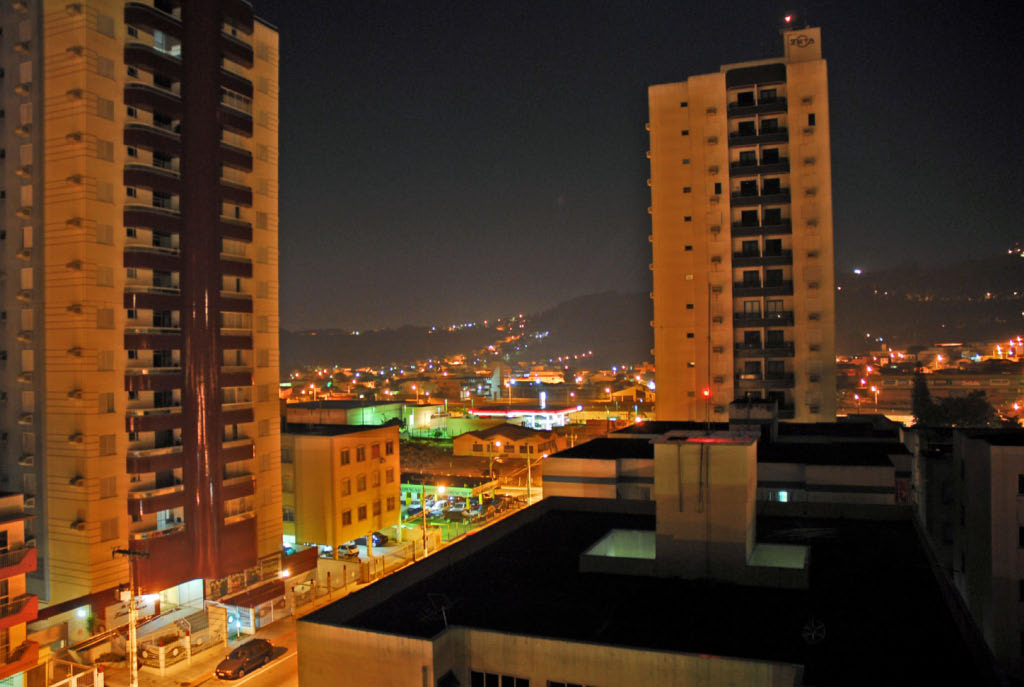The research team has decamped to the coastal town of Kobrasol and for me at least the jetlag is a chance to experience the city in the early hours. I quite like the extra time and space that is afforded by empty streets – documenting the details of infrastructure is often easier when there’s no one around and the first light the dawn when it eventually arrives can be truly beautiful to behold.
But there’s a flipside to walking the streets at night – some cultures are safer than others. In Tokyo you can go anywhere at any time no problem. Kampala has a lot of guns but they are mostly for show. Here in Brazil our interview participants have already touched upon murders, muggings and a first-person account of a kidnapping. The local architecture is all about the perception of security and people’s carrying styles and behaviours reflect a very real threat on the streets.
During intensive data collection sessions it’s common to keep the camera in the hand to reduce the time it takes to set up and shoot. To minimize the effect that a visible camera has on people the camera is usually held out of sight – at arms length tucked behind a leg, but even if its in a bag the fingers is on a trigger. Here in Kobrasol and during the early hours the camera handling rules are changed – the camera either needs to be kept out of sight ‘I don’t have anything of value’, untouched ‘I’m not holding a concealed weapon’ or obvious and in plain sight ‘I’m taking a photo’.
At 4am it’s socially acceptable to step off the pavement to give someone a 2 meter clearance as they walk by. Keep your hands in plain view and walk on.
